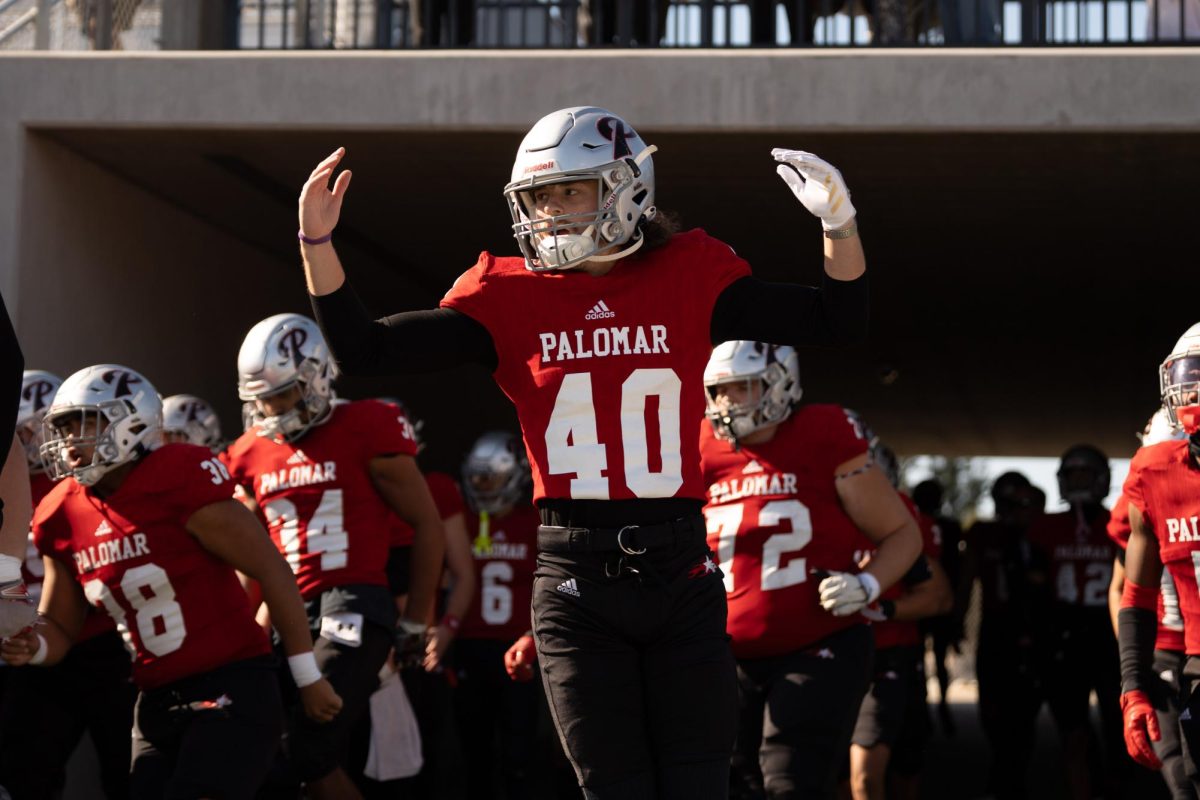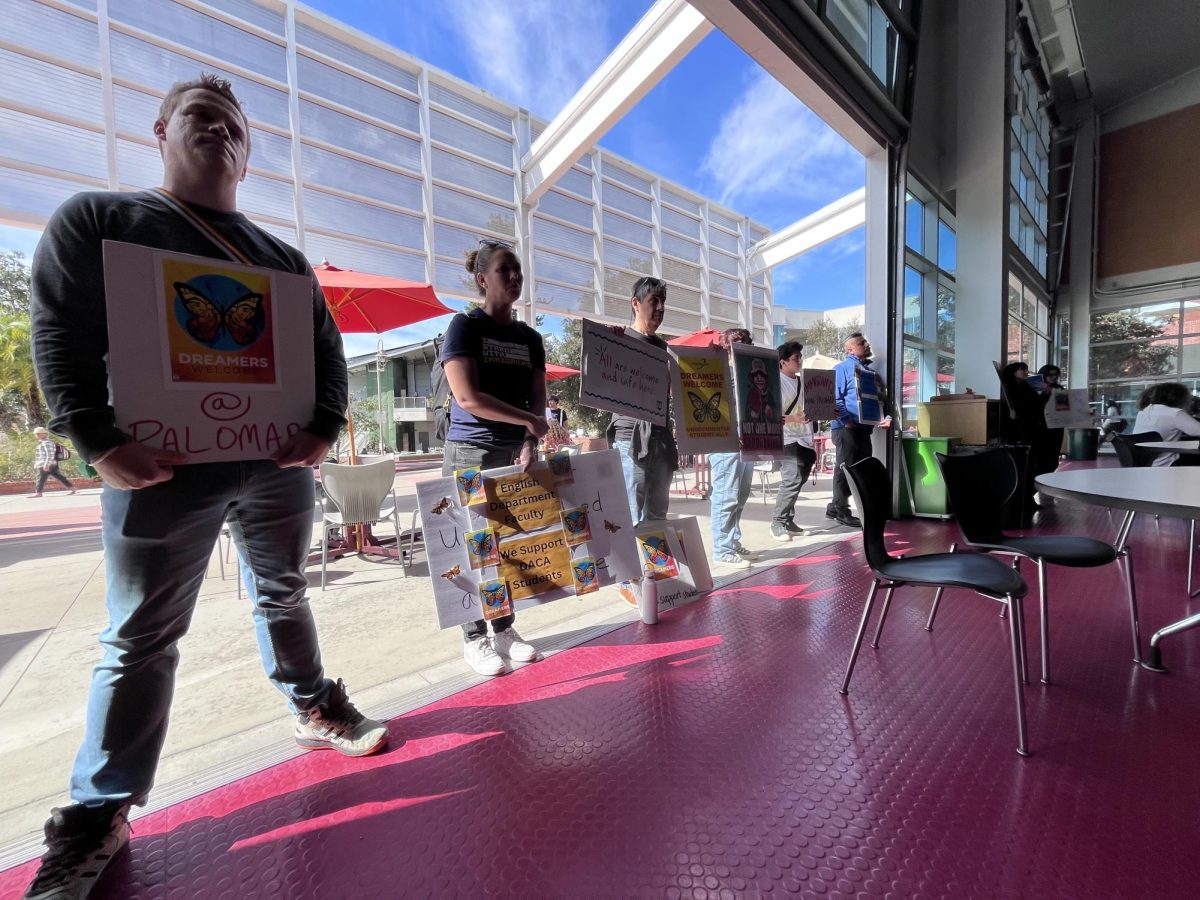Over the course of the last year and a half, the mental health of students across the world has been jeopardized.
Online school, what was once thought to make our lives easier, has kept us ridden with anxiety and extends the school day into our late nights, weekends, and holidays via an app on all our devices.
We liked, or at least pretended we enjoyed having the ability to stay in our pajamas, skip the drive to school, and not have to do the awkward first day of school thing.
The truth is, collective enrollment in California community colleges has dropped 16.8% since Fall 2019, with our neighbor Mira Costa College losing 4,047 students. These are our children, our communities, and our future generations unable to prioritize their education.
With COVID-19 wreaking havoc on almost every aspect of our lives, school was pushed to the backburner. And now millions of students in the community college system are forced to work more hours in order to provide for themselves or even their families. This means less time for classes, and less free time.
With enrollment down, our students are being forced to drop classes due to COVID related issues, money problems, and for some students even just the paralyzing feeling of virtual school.
Within the last five years, state universities noticed a 35% increase in the numbers of students receiving some form of mental health treatment, meanwhile enrollment grew only 5%, said Anne Dennon, senior education trends writer for BestColleges.com.
A large portion of these numbers and percentages do account for the students that are unable to take classes because they can not afford it, in which case $2.2 billion, a portion of the whole $5 billion California college section of the federal rescue plan, went to California community colleges to grant more scholarships and in turn create more enrollment.
What about the students that can afford it, but online school has left them feeling hopeless and as if they are so far behind it isn’t even worth going anymore?
This is reality for more students than we think.
A group of researchers conducted a study on a group of 195 students at a university in the United States.
Their research indicated that of the 195 students, 138 of them, or 71% admitted to experiencing increased stress, anxiety, and depression. Of all of the categories that were recorded, 89% said they have difficulty concentrating and 82% said they have concerns with their academic performance.
In order to endure the heightened stress and anxiety, participants of the study have looked for positive coping mechanisms such as support from friends or family, the PubMed Central Journal commented after the data was recorded.
However, 76% of the participants correlated their increased anxiety with the COVID-19 pandemic, and mentioned these negative coping habits including drinking or smoking, sleeping longer, and even ignoring news about COVID-19.
At least 8% of the participants, about 16 of the 195, mentioned having suicidal thoughts specifically associated with the pandemic. The article stated that previous research had shown about 3%-7% of college students suffered from suicidal thoughts prior to or outside of the pandemic.
This last habit regarding ignoring overwhelming, often scary, news about COVID-19 is a similar trait often used by people with anxiety, depression, post-traumatic stress disorder, attention deficit hyperactivity disorder, and autism.
Life can be overwhelming, and at a time when the world is changing constantly, managing everything can feel like a challenge for students and eventually cause more stress.
It can be said without a doubt that there is a stigma regarding mental health. It can be hard to open up about your struggles and ask for help when we’ve been told for years to just ‘get over it”.
This mentality we’ve been taught has sabotaged us into thinking that asking for help is a bad thing.
We can only hope that the number of students seeking professional help for mental health concerns increases as more people start having this absolutely necessary conversation.
It is crucial we understand that students are in need of help, and aren’t always willing to ask for it. It is crucial we understand the seriousness of this critical situation, and recognize the potential path of destruction our students are on before mental obstacles win the war.





























































